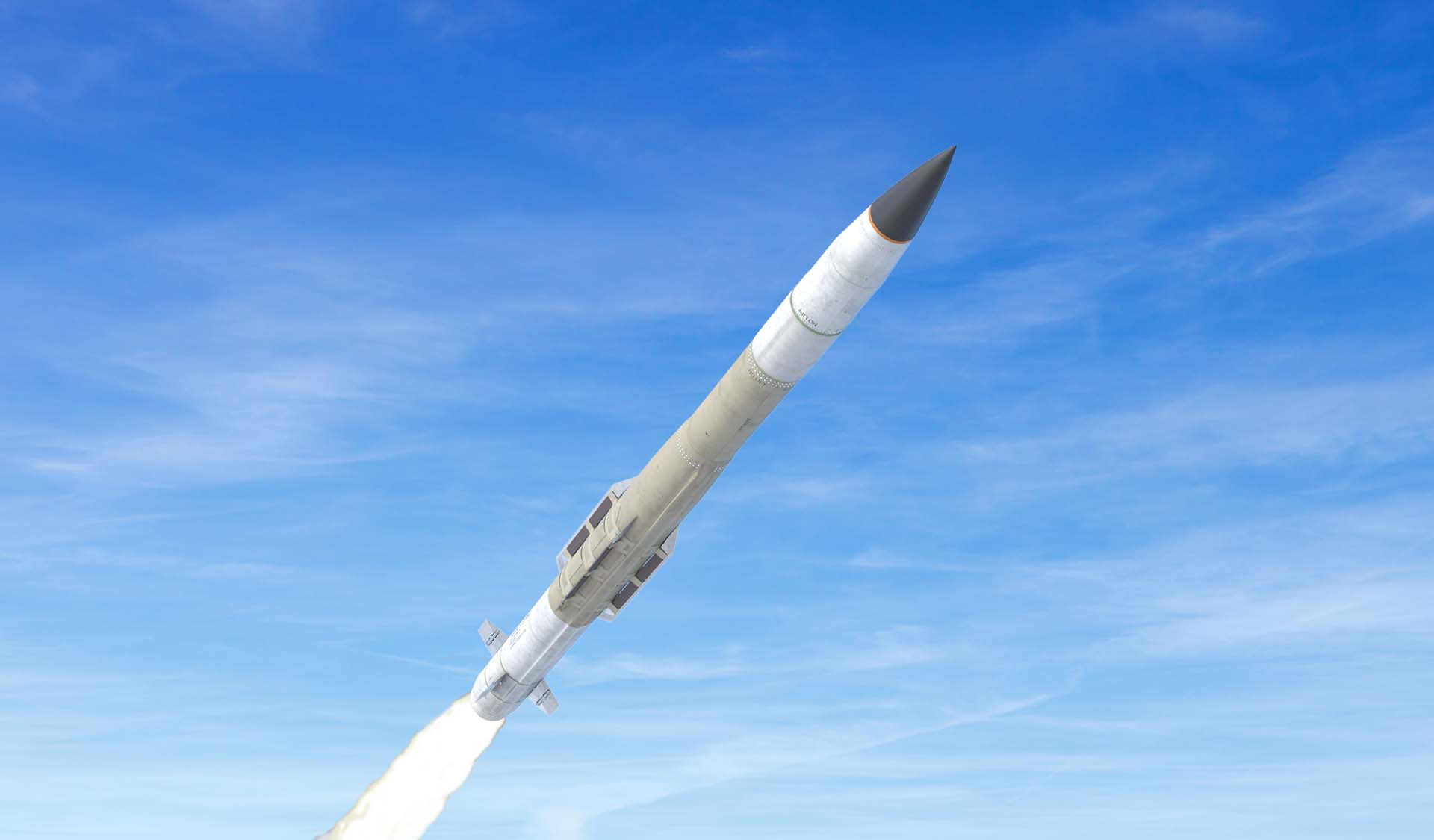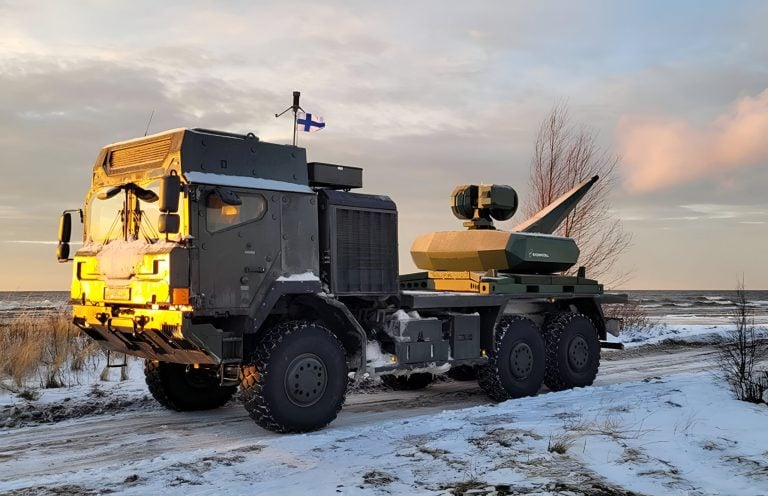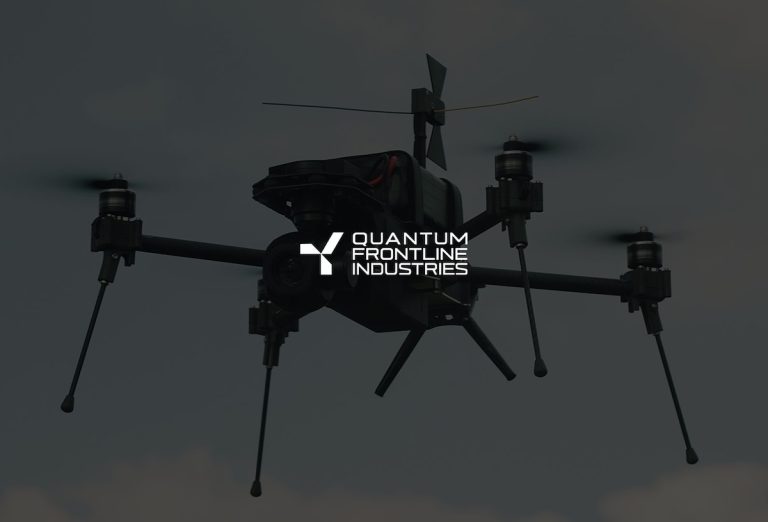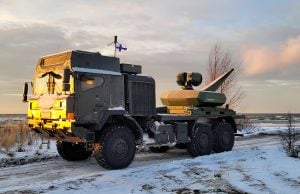Taiwan is set to bolster its air defense capabilities with the establishment of a fourth Patriot air defense battalion, anticipating the arrival of advanced Patriot Advanced Capability-3 (PAC-3) Missile Segment Enhancement (MSE) interceptors from the United States. The Taiwanese defense ministry has procured hundreds of these advanced interceptors, which are slated for delivery between 2025 and 2026. The incoming PAC-3 MSEs are expected to be deployed in the eastern regions of Hualien and Taitung.
In conjunction with the PAC-3 MSE acquisitions, Taiwan is preparing to receive its first of three National Advanced Surface-to-Air Missile Systems (NASAMS) by the end of this year. This procurement comes after a significant investment of approximately $1.16 billion, made in October 2024. The Air Force Air Defense and Missile Command will form a dedicated battalion-level unit to operate the NASAMS, enhancing the engagement capabilities against enemy drones, missiles, helicopters, and aircraft at distances of up to 50 kilometers (31 miles).
The command is set to oversee a comprehensive array of air defense battalions, including those for the Patriot missile systems and NASAMS, along with domestically manufactured defense systems such as the Tien Kung III missiles, Strong Bow extended-range interceptors, Hsiung Sheng surface-to-surface cruise missiles, and Chien Hsiang anti-radiation loitering munitions.
These developments come amid rising tensions between Taiwan and China, with concerns over a potential invasion prompting the island to strengthen its air and missile defense infrastructure. In a strategic move to enhance its defensive capabilities, Taiwan’s government approved a plan in December 2022 to upgrade its existing standard Patriot surface-to-air missiles. The upgraded PAC-3 MSE interceptors will extend the missiles’ range from 24 kilometers (14.9 miles) to between 45 and 60 kilometers (27 to 37 miles).
The enhancements feature a larger, dual-pulse solid rocket motor alongside upgraded fins, actuators, and thermal batteries, as outlined by manufacturer Lockheed Martin. Notably, while the larger size allows each launcher to accommodate 12 PAC-3 MSEs as opposed to 16 standard PAC-3s, the upgraded capabilities significantly enhance Taiwan’s ability to intercept not just aircraft and cruise missiles but also tactical ballistic missiles in their terminal phase.
With these advancements, Taiwan aims to fortify its defense posture and ensure enhanced readiness against potential threats in the region.

















